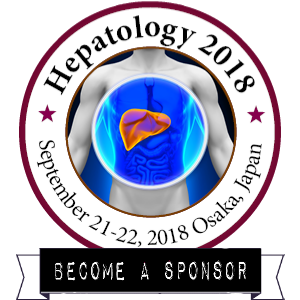Rays H Y Jiang
University of South Florida, USA
Title: Using single cell omics to decode liver heterogeneity in development and cancers
Biography
Biography: Rays H Y Jiang
Abstract
The human liver is the largest internal organ that performs over 500 physiological functions. We used single cell omics to study thousands of primary hepatocytes from human donors with healthy and pathological livers. We also developed specialized computational methods to decode single hepatocyte spatial and temporal information in livers. Our single cell RNAseq analysis revealed enormous transcriptional and biochemical heterogeneity within a single donor liver. We discovered that the principle of essential configuration of maximally incompatible biochemical pathways governs complex liver physiology in the liver lobules. We also studied hepatocyte heterogeneity at single cell level in developmental and cancer livers of humans. Within a hepatocyte cellular carcinoma biopsy sample, there is a continuum of oncogenic transformation degree of hepatocytes, which mirrors the embryonic liver developmental process with the exception of erythropoiesis function. The majority of the tumor derived hepatocytes show properties similar to that of healthy donors, albeit with reduced primary liver functions. Importantly, we found a small group of liver cancer stem cell like progenitors, expressing arrays of embryonic markers such as SOX4, HMGA1 and CXCR1, indicating enhanced onco-genic proliferation potential. Our single cell omics study revealed important temporal and spatial heterogeneity related to liver functions and oncogenic-transformation in humans.

